This is a book you are not meant to read. Or at least, one that nobody has been able to read for the last 400 years, and not for want of trying. Beinecke MS 408, as the Voynich Manuscript is officially known, bound in unostentatious grey vellum, is the outwardly unassuming object of shelves’ worth of speculation, conspiracy theory, and interpretative ingenuity. Inside the wrinkled and stained calfskin are hundreds of pages written in a script unknown from any other source, and which has thus far proved impossible to decipher. Most of the pages also incorporate vivid illustrations, of plants which have no known analogues, of star maps and asterisms, and of naked women disporting in interlinked networks of pools, flumes, and pipes. Despite efforts across the 20th century by cryptologists, and the attention of scholars of medieval and Renaissance alchemy and palaeography, no progress has been made on its decipherment or even its subject, though scientific and scholarly investigation has tempered some more extravagant theories. All claims of decoding have been debunked. According to the title of an article published in Harper’s Magazine in June 1921, it is ‘the most mysterious manuscript in the world’.
Yale University Press’s sumptuous facsimile reproduction makes freely available something whose cachet has always been caché. The first verifiable notice of its existence is in the ambit of the Habsburg Emperor Rudolph II, whose Prague court drew alchemists and artists from across Europe, aware of the Emperor’s esoteric and curious tastes. In the 17th century it was thought to be the work of the 13th-century Oxford natural philosopher Roger Bacon, whose legend includes a prophesying mechanical brazen head and conversations with demons; subsequent rumours proposed that John Dee, the Elizabethan mathematician and communicator with angels, brought it from England to sell to Rudolph. Later in the 17th century, it was sent from Prague to Rome, to the Jesuit polymath Athanasius Kircher, whose prolific works included attempts at the decipherment of hieroglyphs, the first European printing of Sanskrit, and a work on the Tower of Babel, which speculatively reconstructed the original language of all mankind. Kircher, though evidently fascinated by alien scripts, made no headway with this one. From his hands it passed into the library of the Jesuit University at Rome, and remained in possession of the Jesuits until it was bought in 1911 by the Polish revolutionary and rare book dealer Wilfrid Voynich, who glamourised the manuscript’s legends and invented some more, in his attempts to sell it.
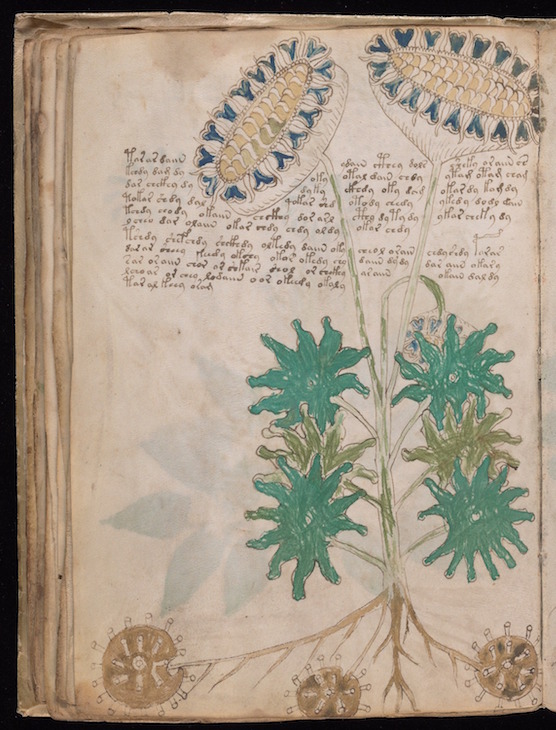
Illustrated pages from the Voynich Manuscript (c. 15th century). Beinecke Rare Book and Manuscript Library, Yale University
Jesuits, revolutionaries, angels, and magicians: the story of the book’s provenance, both attested and speculative, is a roster of major names of the history of esoterica, and a parable of the desire to decode and decipher. Investigation of the construction and materials of the manuscript have dated it most probably to the 15th century, making Bacon’s authorship impossible, with some evidence for an origin in northern Italy or Central Europe, so that a connection with Dee is unlikely. Even without their participation, the story is still remarkable, and the failed attempts at decipherment, such as William Romaine Newbold’s insistence that each individual character of the script was composed of tiny micrographic letters in a Greek code, are gripping.
The brief introduction, preface, and essays accompanying this facsimile offer histories of the manuscript’s provenance and attempts at decipherment, as well as an account of the work’s material production. They share a tone of well-informed bafflement. Jennifer Rampling’s judiciously sceptical essay on the parallels between the images and alchemical illustrations is a careful deconstruction of over-excited theories. An entertaining account by William Sherman of the failed deciphering attempts of 20th-century military cryptanalysts likewise testifies to the book’s enigmatic refusal of attempts to account for, let alone read it.
The essays tell the history of the manuscript, its making, ownership, and interpretations. Only Rampling fully engages with possible intellectual contexts, or analogues (if only to dismiss them). Remarkable by its absence is a discussion of the script itself. It is repeatedly claimed that it has no known analogues, but this is not the same as being unable to say anything about it. It is clear that it is written horizontally left to right (like European rather than Semitic or Eastern languages). It is divided into what look like words, and those words contain frequently recurring letters and clusters, some of which have clear resemblances to Roman letters, italic contractions, and Arabic numerals. Indeed, this is why the manuscript is so tantalising: the signs appear on the verge of decipherment, familiar enough to promise sense, but hovering just beyond it. Like a riddle, the script presents an invitation to interpret: it relies on the promise of a solution, precisely because of its ostentatious obscurity. The legibility of the manuscript – there are no corrections, no scorings out – is however frustrated by its absolute opacity.
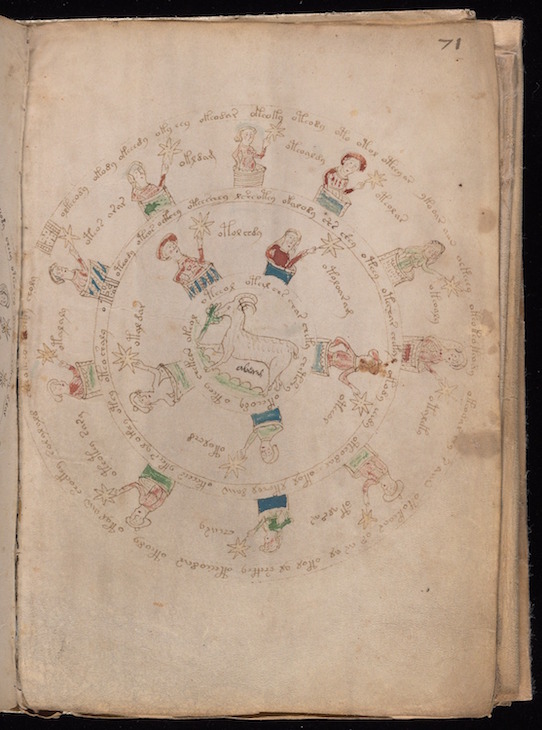
Illustrated pages from the Voynich Manuscript (c. 15th century). Beinecke Rare Book and Manuscript Library, Yale University
What to do, then, with a book which at once invites and denies reading? The obvious answer, and one courted by the gorgeousness of this facsimile (with the peculiar exception of the blurred folio 100v), is to look. As Rampling points out, there may be no connection between the text and the images. But the contexts supplied by provenance suggest ways of approaching the book as artefact. The culture of the court of Rudolph II was fascinated by the estrangement of the familiar, whether in Arcimboldo’s portraits composed of fruit, flowers, and fish, or in elaborate automata, or in fascination with the miniature and minuscule.
The Voynich Manuscript would not be out of place in the Kunstkammer in Vienna’s Kunsthistorisches Museum, its fantastical plants associating with the adder’s tongue credence, and the narwhal horn and bezoar chalices. The botanical and astrological sections invite comparison with medieval and Renaissance herbaria and star charts, while bearing no recognised resemblance to existing specimens or phenomena; they suggest the fantastical languages or flora and fauna proposed in romance or in More’s Utopia. It is likely that making the manuscript widely available will inspire new attempts at decryption. But success, in dissolving the lure of opacity and making it a book to read rather than see, would almost be a shame.
The Voynich Manuscript by Raymond Clemens (ed.) is published by Yale University Press (£35).
From the May 2017 issue of Apollo: preview and subscribe here.
Unlimited access from just $16 every 3 months
Subscribe to get unlimited and exclusive access to the top art stories, interviews and exhibition reviews.

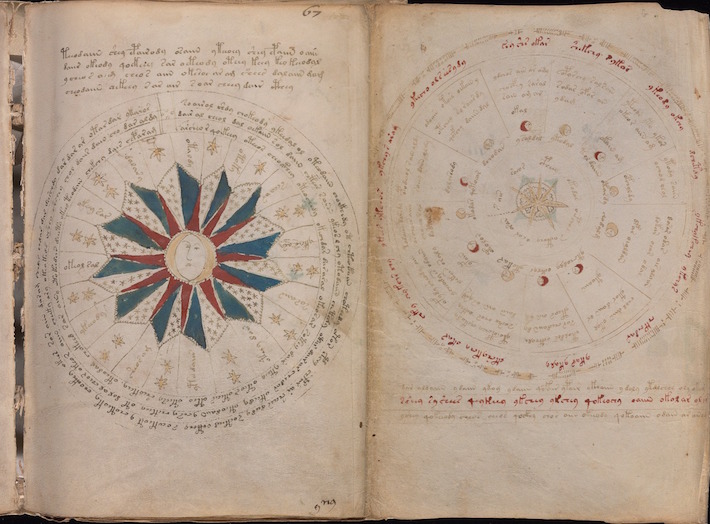
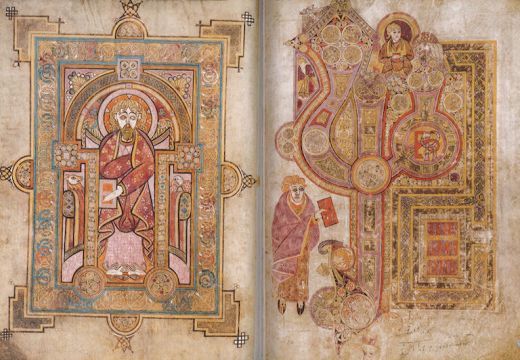

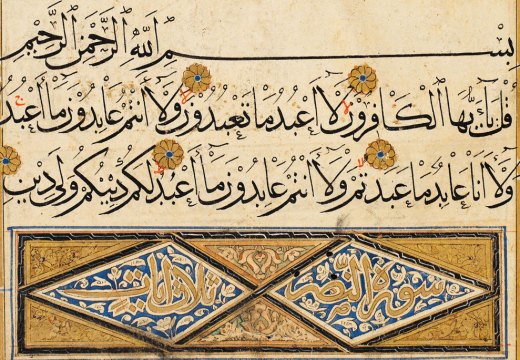









![Masterpiece [Re]discovery 2022. Photo: Ben Fisher Photography, courtesy of Masterpiece London](http://www.apollo-magazine.com/wp-content/uploads/2022/07/MPL2022_4263.jpg)
Why are fathers so absent from art history?